Tuesday night was a good one for school boards across New York State, as residents cast their ballots overwhelmingly in favor of district budgets.
According to the New York State School Boards Association, almost all of the school districts that had adopted budgets within their state-mandated caps on how much they could increase their tax levy had their voters stand behind those budgets. For those who pierced the cap, almost 78 percent of those budgets were approved — still a much larger approval rate than in previous years for such budgets. The approval rate for cap-busting budgets last year was about 61 percent.
“School districts managed to put together spending plans that in some cases restored educational programs and services, thanks to a large infusion of state aid,” NYSSBA Executive Director Timothy G. Kremer said in a statement, referring to an increase in aid included in the state’s own budget that legislators recently approved. “The question is, will the state be able to sustain that commitment going forward?”
Here’s how school districts on the North Shore of Suffolk County fared:
Cold Spring Harbor
Residents approved the budget, 527 to 132, and a Proposition 2 regarding a capital reserve fund, 520 to 132. Vice President Amelia Walsh Brogan and Lizabeth Squicciarni, a member of the Citizen Faculty Association, a parent-teacher association at the CSH Junior/Senior High School, were elected to the school board with 469 and 455 votes, respectively. Lloyd Harbor resident George Schwertl fell short with 313 votes.
Commack
Commack voters approved the budget, with 1,837 to 536 votes. Hartman won with 1,703 votes while Verity received 1,167 votes to beat out challenger Hermer, who had 916.
Comsewogue
The Port Jefferson Station Teachers Association reports that the two incumbents who were running unopposed for re-election, Rob DeStefano and Francisca Alabau-Blatter, were returned to the school board with 895 and 785 votes, respectively. The district’s cap-compliant $87.2 million budget passed with more than 80 percent voter approval, with 828 votes in favor to 194 against.
Harborfields
Harborfields voters approved a cap-piercing $82.8 million budget at the polls tonight, the only one on the North Shore, 2,099 to 1,017. Incumbent Hansen Lee and Colleen Wolcott were elected to the board of education with 1,569 and 1,301 votes, respectively. Challengers Chris Kelly (1,001 votes), Marge Acosta (992 votes) and Joseph Savaglio (571 votes) fell short in their own bids.
Hauppauge
The $108 million budget passed, 1,066 to 363. A Proposition 2 regarding a capital reserve fund passed as well, 1,050 to 361. Rob Scarito, Gary Fortmeyer and David Barshay were all elected to the school board with 1,053 votes, 1,050 votes and 1,006 votes, respectively.
Huntington
According to results posted on the school district’s website, the community approved both a $123.1 million budget and a proposition to use almost $2.5 million of the district’s building improvement fund, or capital reserve, to update eight Huntington schools and make them compliant with the Americans with Disabilities Act. Incumbents Bari Fehrs and Bill Dwyer were re-elected to the school board, while challenger Carmen Kasper fell short in her bid for one of the two seats.
Kasper said, “I am sorry to say I lost, but my desire to be involved with the schools and students has not been lost. There is always next time. I congratulate the two incumbents; I wish them the best. We all work for the same cause: to improve education for our students.”
Dwyer said he looked forward to “continuing to work with the board and administration to expand our educational programs in a fiscally responsible manner.”
For her part, Fehrs noted the margin of approval: “I believe it shows a trust from the community that they are very supportive of our district and are confident in the way administration and the board of education are managing the education for the students in the district.”
Kings Park
Voters passed the budget, 1,544 to 615, and Prop 2, regarding vehicles, 1,603 to 544. Pam DeFord was re-elected with 1,629 votes, Dan Tew elected with 1,522 votes. Francis Braun and Juan Pablo Andrade fell short of their bids, with 554 and 293 votes, respectively.
Middle Country
Voters approved the budget with 1,924 votes in favor and 337 against. The elected school board trustees were Robert Feeney, Dawn Sharrock and Kristopher Oliva.
Miller Place
The community passed the budget, 1,064 to 236, and a Proposition 2 regarding the library, 1,153 to 141. Two school board trustees were elected, Johanna Testa (876 votes) and Noelle Dunlop (737 votes). Candidates Michael Unger and Michael Manspeizer fell short of board seats with 533 and 198 votes, respectively.
Mount Sinai
Residents approved the budget, 1,150 to 275. On proposition 2, it passed with 1,266 votes in favor and 159 against. Lynn Jordan was re-elected to the school board with 726 votes, while Kerri Anderson won a seat with 733 votes.
“It shows that people have been satisfied with what I’ve been doing,” Jordan said. “It’s a true honor to serve and I love the work.”
Anderson said: “With my personal background in education and as a teacher, I’m hoping to bring some of my experience to help with Mount Sinai schools and things that we can maybe do differently to make it better.”
But Superintendent Gordon Brosdal was not as enthused: “I’m not so pleased with the turnout since we have 9,500 registered voters and annually we bring around 1,500 and we’re even a little below that. That’s a little disappointing when you have five good people running for the board.”
Northport-East Northport
Voters approved a $161 million budget (2,568 to 687 votes), a proposition on $2 million in capital improvements (2,848 to 390 votes), and a proposition reducing the amount of board members from nine to seven (1,881 to 1,294 votes). Allison Noonan (2,039 votes), Andrew Rapiejko (1,984 votes) and Lori McCue (1,560 votes) were elected to the school board while Julia Binger and Shawne Albero fell short of seats with 1,543 and 1,410 votes, respectively.
Port Jefferson
Incumbents Kathleen Brennan and Ellen Boehm ran unopposed for their third terms and were re-elected with 348 and 347 votes, respectively. Residents also approved a cap-compliant $41.4 million budget with 353 votes in favor and just 55 vote against.
Rocky Point
The school district proposed a $80.6 million budget that residents approved, 720-322, and a proposition on capital projects that was approved, 654-387. Susan Y. Sullivan was elected to the board of education with 823 votes.
Shoreham-Wading River
The school budget passed 855-545, according to results posted on the district website. Kimberly Roff and Michael Lewis were elected to the board of education with 957 and 792 votes, respectively. Richard Pluschau fell short, with 621 votes.
Smithtown
The $236 million budget passed 2,665 to 921.
Challenger Daniel Lynch defeated incumbent Theresa Knox with 2,171 votes to her 1,197, while Michael Saidens won the second available seat with 1,870 votes, compared to challengers Robert Foster (734 votes) and Robert Montana (657 votes).
Three Village
Voters approved a $198.8 million budget (2,603 to 997) and a Proposition 2 on transportation (2,154 to 1,404). Incumbent Jonathan Kornreich and Angelique Ragolia were elected with 2,401 votes and 2,379 votes, respectively. Andrea Fusco-Winslow missed her target, with just 1,314 votes.



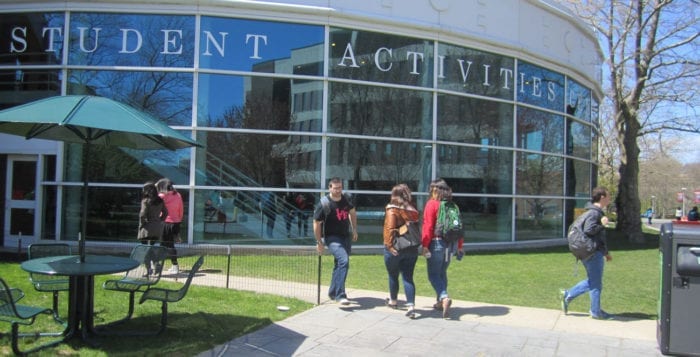
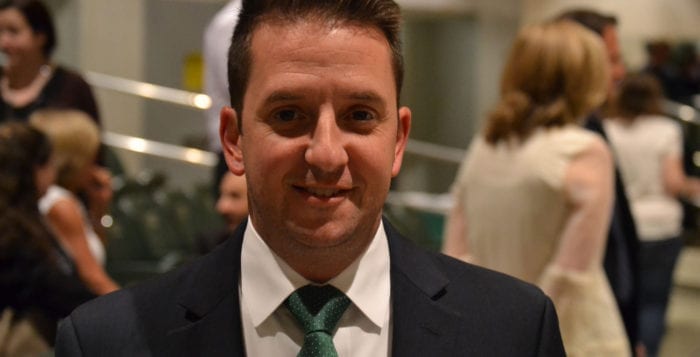
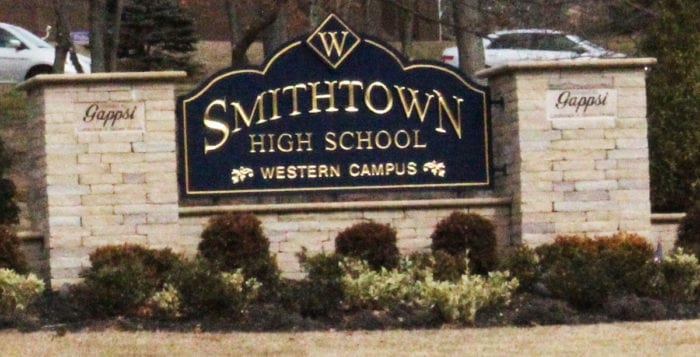





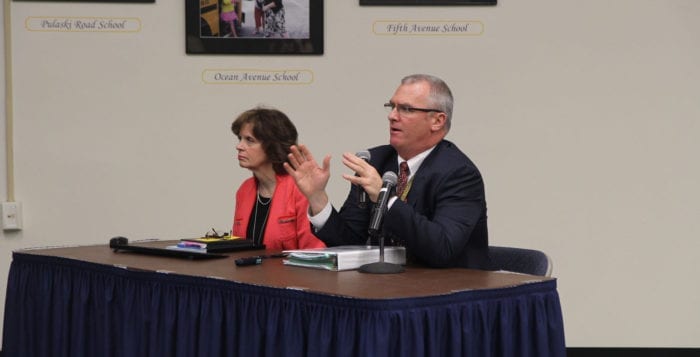




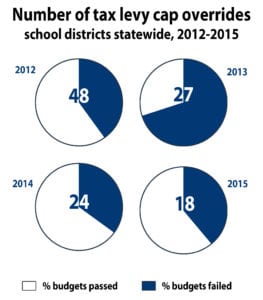 The state cap limits the amount a school district or municipality can increase its tax levy, which is the total amount collected in taxes, from budget to budget. While commonly referred to as a “2 percent tax cap,” it actually limits levy increases to 2 percent or the rate of inflation — whichever is lower — before certain excluded spending, like on capital projects and pension payments.
The state cap limits the amount a school district or municipality can increase its tax levy, which is the total amount collected in taxes, from budget to budget. While commonly referred to as a “2 percent tax cap,” it actually limits levy increases to 2 percent or the rate of inflation — whichever is lower — before certain excluded spending, like on capital projects and pension payments.





